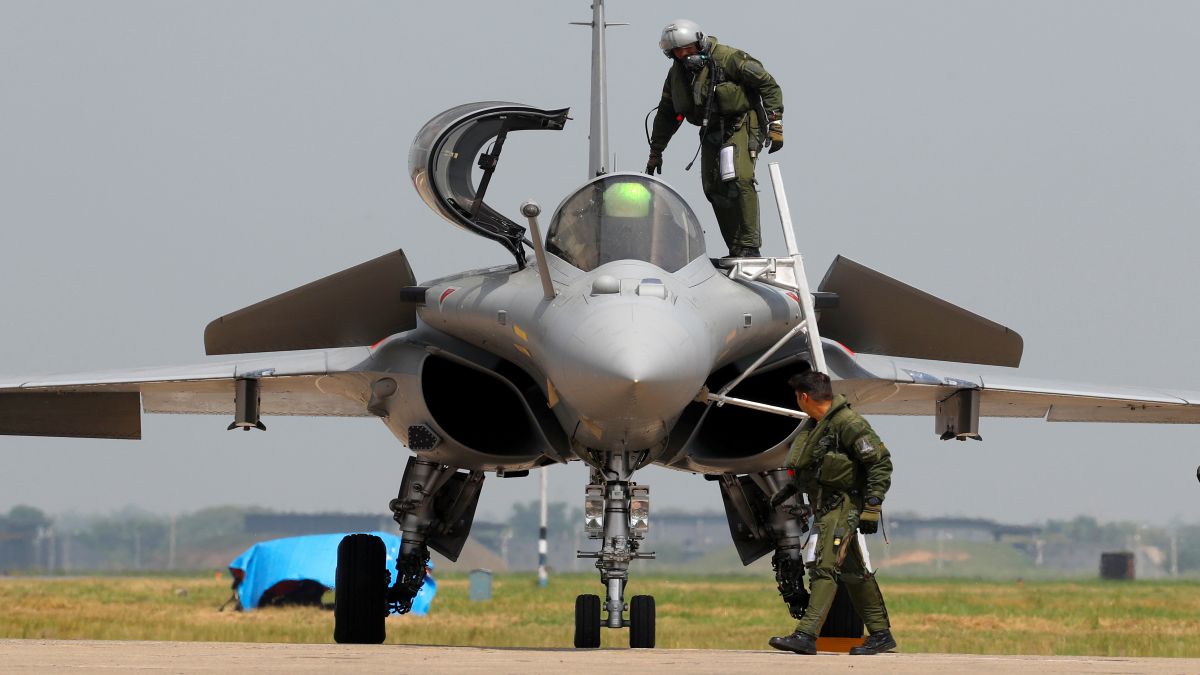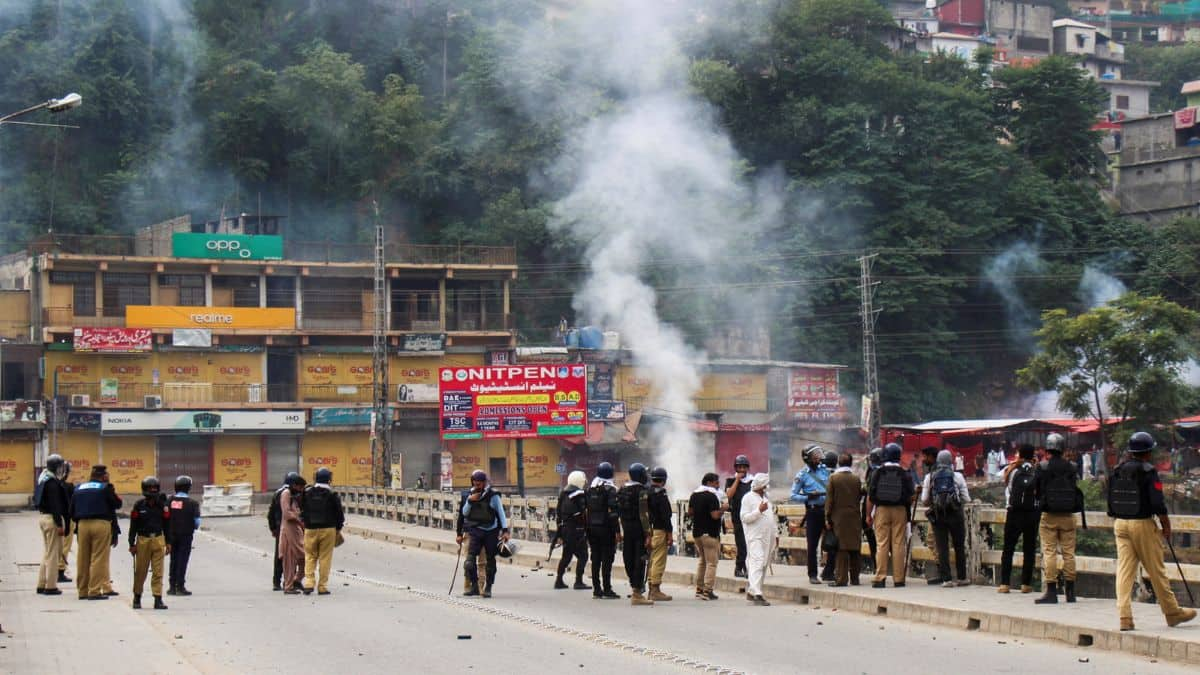Recognising international defence companies with fully owned subsidiaries that manufacture in India as “Indian” will be a wise, strategic step. It is reported that the government may be considering that. This author had recommended this in a paper to attract defence manufacturing.
If done, it will support India’s long-term aim of self-reliance and will help develop our defence ecosystem and increase the country’s appeal to global investors and technological partners. It could potentially attract major subassemblies that India imports and constitute nearly 50 per cent of even indigenously designed and developed weapons systems.
The current Defence Acquisition Procedure (DAP) 2020 categorises procurement into five tiers: Buy (Indian – IDDM), Buy (Indian), Buy and Make (Indian), Buy (Global – Manufacture in India), and Buy (Global). Recognising wholly owned local subsidiaries of foreign OEMs as “Indian vendors” would elevate them into the “Buy (Indian)” or even “Buy (Indian-IDDM)” categories, provided they meet Indigenous Content (IC) requirements, which is 50-60 per cent by value. A policy shift could potentially move defence procurement away from purely global imports to manufacturing in India, especially at the critical major subassembly level.
Bridging Critical Capability Gaps
While India has made progress in defence indigenisation, most major platforms are 50-75 per cent indigenous, leaving vital subassemblies reliant on foreign vendors, especially their propulsion system. The HAL Tejas, for example, is 55-60 per cent indigenous, with engines and avionics imported. Even the latest order for 97 LCA Mk1A signed in September 2025 will have 64 per cent IC. The Advanced Light Helicopter Dhruv is roughly 50-55 per cent indigenous, with imported components in its engine, avionics and materials, and the Light Combat Helicopter LCH is 45-55 per cent indigenous.
Even India’s biggest naval platforms show a similar reliance: the INS Vikrant aircraft carrier is 70-75 per cent indigenous, Scorpene-class submarines 60-70 per cent, and Kolkata-class destroyers 65-75 per cent, with imported power systems such as GE gas turbines. Frigates and corvettes have 60-75 per cent indigenisation. The Arjun Main Battle Tank is 40-55 per cent indigenous, with imported engines.
Impact Shorts
More ShortsMajor sub-assemblies of indigenous weapons systems are imported. Nothing illustrates the risks of import dependence more vividly than propulsion systems. For example, GE’s F404 engines were directly imported for the LCA Tejas fighter aircraft. The F404 production line was shut in 2016 after delivering for the earlier LCA batches, and restarting production has been slow due to supplier constraints. This has led to delays in delivery of the 83 LCA Mk1A order placed in 2022.
Had GE manufactured these engines in India, sourcing at least 60 per cent of the components locally, India would have been cushioned from global supply chain disruptions. Local manufacture of such engines would strengthen India’s aerospace capability and resilience.
Similarly, the Arjun MBT is reliant on the German company MTU for the engine, and production has been set back due to delays in supply. India’s Zorawar light tank is similarly beset with engine woes.
Other critical imported subsystems include engines for helicopters and warships, radar and avionics for aircraft, radar, sensors and weapons for warships, helicopter gearboxes and transmission systems, precision guidance munitions and anti-tank missiles.
If foreign manufacturers operating locally are recognised as “Indian” vendors, it will enable these critical subassemblies to be onshored, boosting indigenous content, strengthening supply chains, and reducing reliance on global suppliers.
Bringing Major Platforms Into the Domestic Ecosystem
Many of India’s critical weapons platforms are currently procured under the Buy (Global) or Buy (Global – Manufacture in India) categories. Examples include Rafale fighter jets, Apache and Chinook helicopters, S-400 air defence systems, and SIG Sauer assault rifles. Recognising foreign companies with local manufacturing operations as “Indian” would potentially incentivise the onshoring platforms like these in the future, integrating critical components, assemblies, and maintenance into India’s defence ecosystem.
For instance, Airbus’ C-295 programme has already started assembly at Tata Advanced Systems in Gujarat with technology transfer, while Mahindra Defence assembles M777 howitzers in partnership with BAE Systems.
India has been assembling weapons systems for over six decades with the transfer of technology. Yet, this has not led to major capacity building that has made India self-sufficient in most of the parts.
For example, India has made over 220 Su-30MKI fighters in India over 20 years. Yet the level of indigenous content is just above 50 per cent. For the 12 new Su-30s contracted in 2024, the Indo-Russian contract requires that all raw material needed for the Su-30MKI – including 5,800 titanium blocks and forgings and aluminium and steel plates – must come from Russia, as must such items (7,146) as nuts, bolts, screws, and rivets.
If these and similar programmes were counted as “Indian”, for companies invested in India, India could significantly increase indigenous content, strengthen its supply chains, and accelerate the development of a robust military-industrial complex – all while attracting foreign investment and technology transfer.
Attracting Foreign Investment and Technology Transfer
Despite the efforts of successive governments in India, foreign direct investment (FDI) in India’s defence sector remains small, reaching roughly ₹5,000 crore by 2024. Historically, policy restrictions hindered deeper engagement. Recognising foreign enterprises operating locally as Indian vendors creates a strong incentive to invest, establish production lines, and transfer technology.
Companies such as Tata Advanced Systems and Dynamatic Technologies, which have become essential suppliers for Western OEMs, have demonstrated how effective such collaborations can be. Expanding this recognition will help India become more integrated into global defence supply chains.
Strengthening Supply Chain Resilience
Global uncertainties—from supply chain disruptions to sanctions—highlight the need for domestic manufacturing capabilities. Encouraging foreign companies to set up operations locally mitigates over-reliance on external suppliers. The C-295 programme demonstrates how local assembly with technology transfer ensures long-term supply chain stability. The GE F404 experience underscores that even indigenous platforms can be delayed when key imported subassemblies face production bottlenecks.
Promoting Indigenous Innovation and Employment
Local manufacturing by foreign firms would foster innovation and create employment. Minimum IC requirements of 50-60 per cent will ensure significant value addition occurs in India, stimulating collaborations with MSMEs and nurturing domestic R&D. New facilities would generate jobs across production, maintenance, and research sectors, addressing youth aspirations and boosting economic growth.
Enhancing Global Defence Exports
India is transitioning from a major importer to an emerging exporter of defence equipment, with defence production reaching a record ₹1.27 lakh crore in 2023-24 – a 174 per cent increase since 2014-15. Integrating foreign companies into the domestic ecosystem will further boost export capabilities. Recognition as “Indian” vendors facilitates compliance with offset obligations and opens avenues for exporting defence products globally.
Conclusion
There will be concerns over what this will mean for the development of indigenous weapons systems and how it will impact MSMEs in the defence sector. But as experience over the decades has shown, we still lack considerably in indigenising technologies.
Recognising the local arms of foreign defence companies as “Indian” is a pragmatic step that can strengthen India’s path to self-reliance. It offers an opportunity to bring critical technologies into the country, deepen the industrial base, including MSMEs, generate jobs, and unlock export potential. More importantly, it will help build a stronger military-industrial complex, cushion India against supply chain shocks, and move the country from an import-heavy posture to a resilient and globally competitive defence ecosystem.
The author is an Adjunct Scholar at the Takshashila Institution. He tweets from @YusufDFI. Views expressed in the above piece are personal and solely those of the author. They do not necessarily reflect Firstpost’s views.


)

)
)
)
)
)
)
)
)



